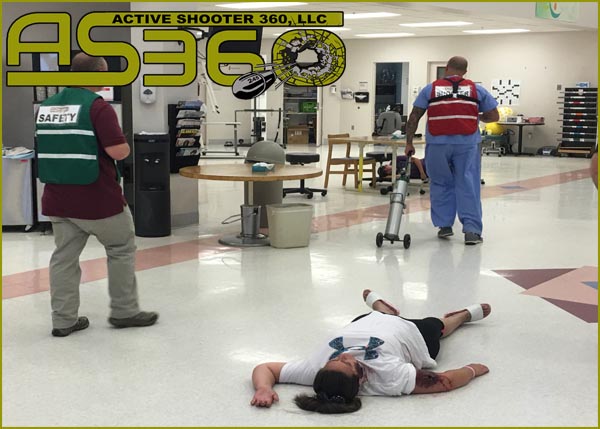Risk managers will tell you that X amount of close calls lead to an incident, and X amount of incidents lead to a tragedy. In aviation, close calls are called near misses that must be immediately reported. Fire departments are following the aviation lead by mandating near miss reporting. The object is to prevent close calls (near-miss) from becoming a new normal.
A number of new organizations and websites are addressing violence in healthcare organizations. A recent article titled Healthcare workers face violence epidemic underscores the need for reporting, and corrective actions. Dr. Tom Mihaljevic, president and CEO of Cleveland Clinic said, “There is a very fundamental problem in U.S. healthcare that very few people speak about, and that’s the violence against healthcare workers. Daily, literally daily, we’re exposed to violent outbursts, in particular in our emergency rooms.”
Another organization, www.Stophealthcareviolence.org aims to, “increase public awareness; lobby for change; and support, advocate and empower healthcare providers.” This group provides education and Outreach as individual or group consultations, speaking engagements, and presentations. They also provide Assistance and Guidance in the Process of Filing Criminal Charges to aid in decreasing the epidemic of healthcare violence.
Take a new look at your security through a close call lense. Don’t let a “no-harm, no-foul” mindset prevail at your institution or organization. Let’s consider examples:
1. Ralph in Accounting “lost it” several times over the last few years, but he always calmed down, so no action was taken.
2. Three incidents happened last month where unescorted visitors wandered unescorted without a badge. It didn’t used to be that way; nobody seems concerned.
3. The parking lot was never a problem, but lately the neighborhood changed and the rumor mill is talking about a few car break-ins. However, Security hasn’t received any reports.
Change you organization’s mindset. Treat close calls as indicators that near misses will gang up on you. Develop interventions as follows:
1. Facilitate a close call reporting procedure. This ties into our favorite slogan; “If you see something, say something.”
2. Security or Risk Management must track close calls.
3. Determine root causes and implement interventions to stop close calls from becoming a loss.
Key Takeaway: Little things become big things. Document close calls and take action.
What are your thoughts?



